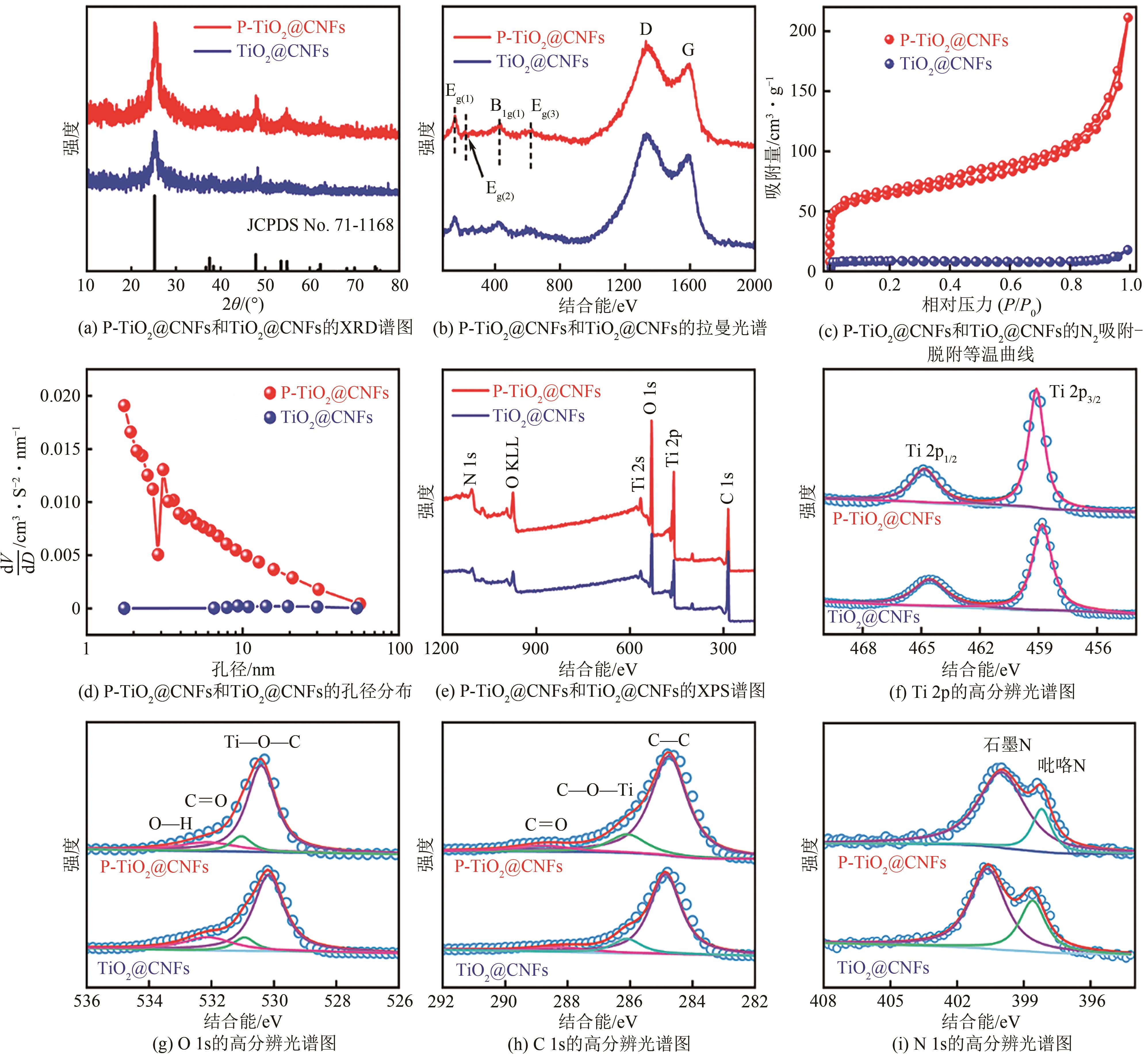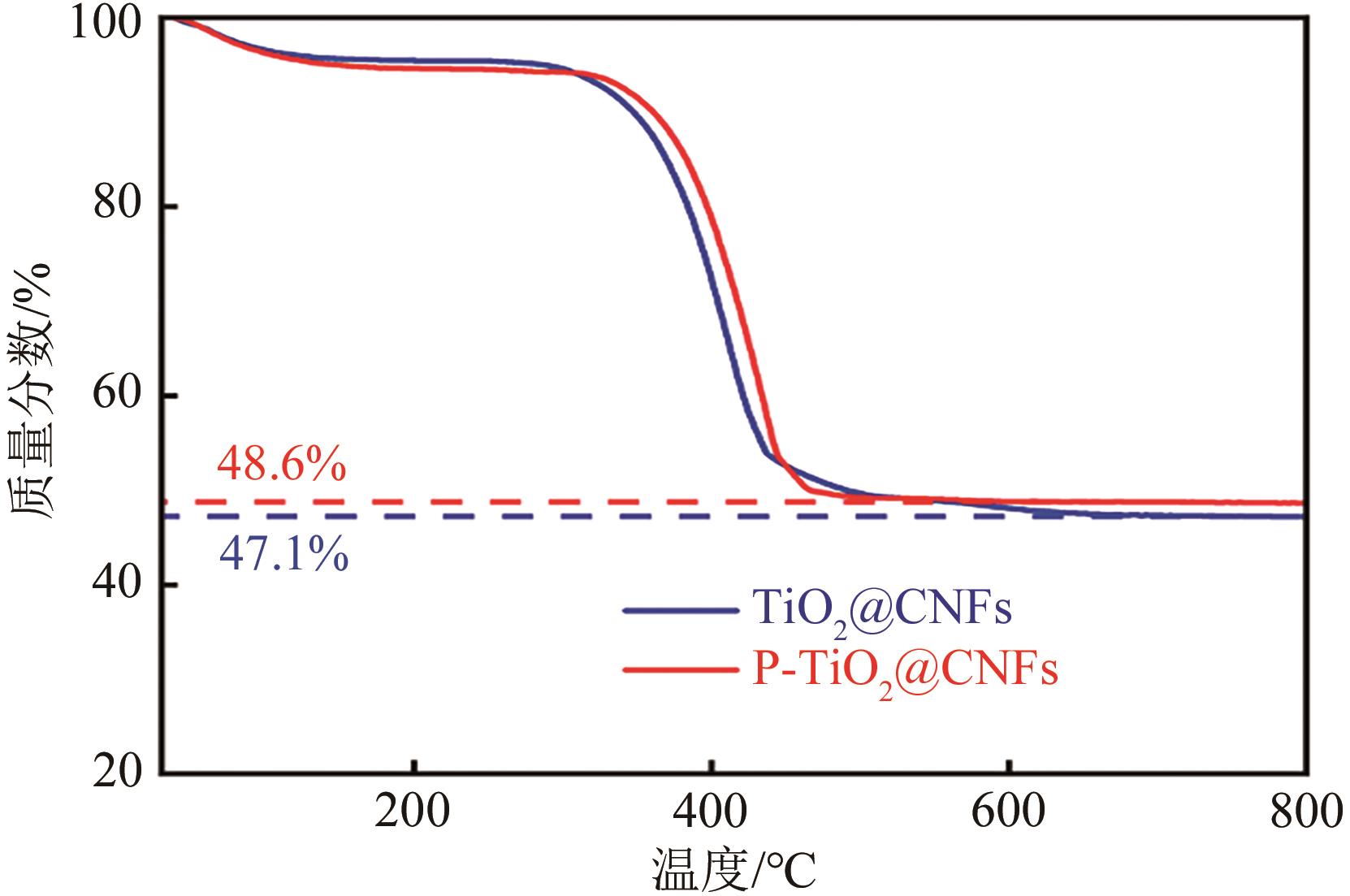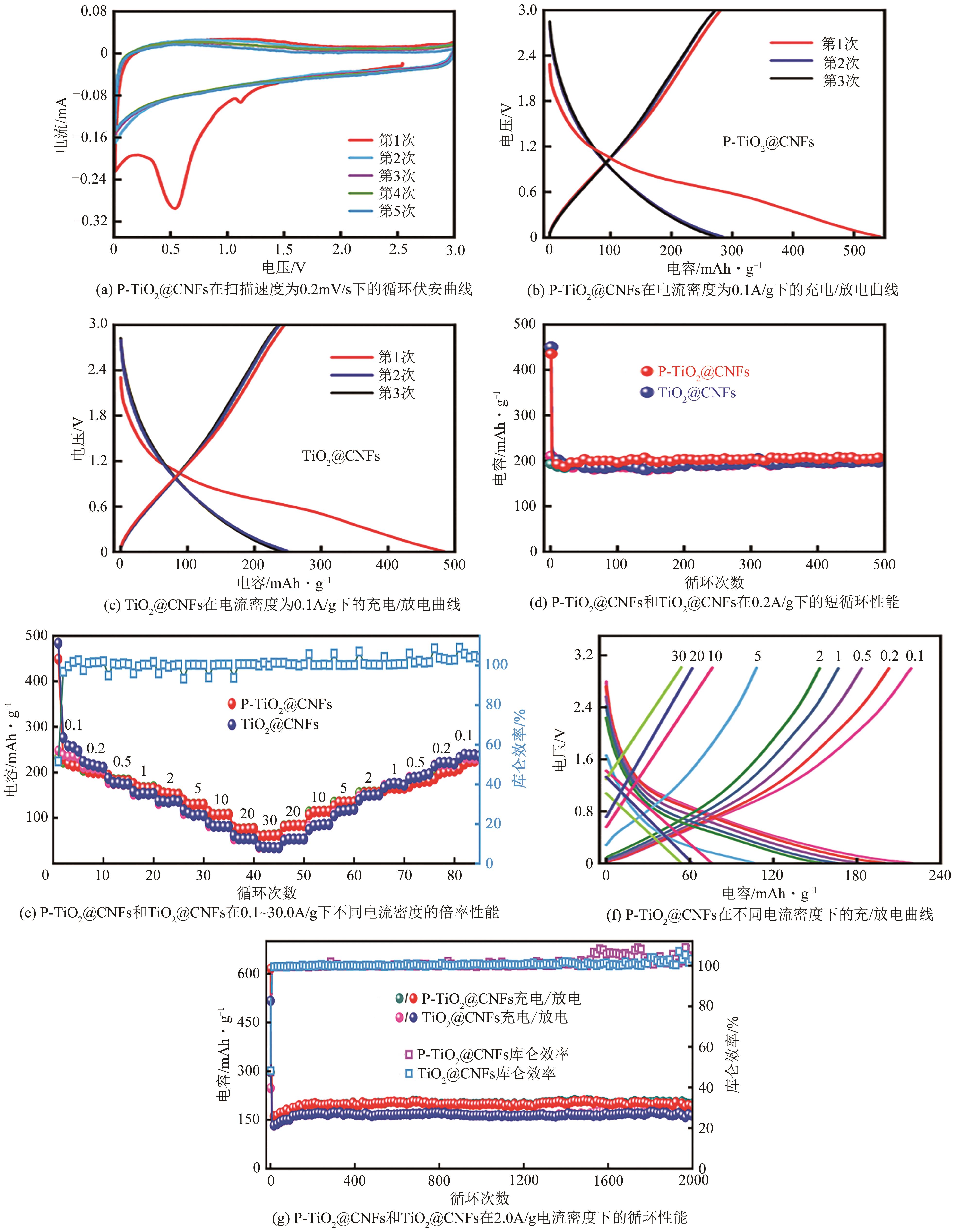| 1 |
NAYAK Prasant Kumar, YANG Liangtao, BREHM Wolfgang, et al. From lithium-ion to sodium-ion batteries: Advantages, challenges, and surprises[J]. Angewandte Chemie International Edition, 2018, 57(1): 102-120.
|
| 2 |
CHAYAMBUKA Kudakwashe, MULDER Grietus, DANILOV Dmitri L, et al. From Li-ion batteries toward Na-ion chemistries: Challenges and opportunities[J]. Advanced Energy Materials, 2020, 10(38): 2001310.
|
| 3 |
朱晟, 彭怡婷, 闵宇霖, 等. 电化学储能材料及储能技术研究进展[J]. 化工进展, 2021, 40(9): 4837-4852.
|
|
ZHU Sheng, PENG Yiting, MIN Yulin, et al. Research progress on materials and technologies for electrochemical energy storage[J]. Chemical Industry and Engineering Progress, 2021, 40(9): 4837-4852.
|
| 4 |
VAALMA Christoph, BUCHHOLZ Daniel, WEIL Marcel, et al. A cost and resource analysis of sodium-ion batteries[J]. Nature Reviews Materials, 2018, 3: 18013.
|
| 5 |
HIRSH Hayley S, LI Yixuan, TAN Darren H S, et al. Sodium-ion batteries paving the way for grid energy storage[J]. Advanced Energy Materials, 2020, 10(32): 2001274.
|
| 6 |
DENG Jianqiu, LUO Wenbin, CHOU Shulei, et al. Sodium-ion batteries: From academic research to practical commercialization[J]. Advanced Energy Materials, 2018, 8(4):1701428.
|
| 7 |
LIU Tiefeng, ZHANG Yaping, JIANG Zhanguo, et al. Exploring competitive features of stationary sodium ion batteries for electrochemical energy storage[J]. Energy & Environmental Science, 2019, 12(5): 1512-1533.
|
| 8 |
YANG Chao, XIN Sen, Liqiang MAI, et al. Materials design for high-safety sodium-ion battery[J]. Advanced Energy Materials, 2021, 11(2): 2000974.
|
| 9 |
GOIKOLEA Eider, PALOMARES Verónica, WANG Shijian, et al. Na-ion batteries—Approaching old and new challenges[J]. Advanced Energy Materials, 2020, 10(44): 2002055.
|
| 10 |
朱子翼, 张英杰, 董鹏, 等. 高性能钠离子电池负极材料的研究进展[J]. 化工进展, 2019, 38(5): 2222-2232.
|
|
ZHU Ziyi, ZHANG Yingjie, DONG Peng, et al. Research progress of anode materials for high performance sodium-ion batteries[J]. Chemical Industry and Engineering Progress, 2019, 38(5): 2222-2232.
|
| 11 |
YANG Jingbo, HUANG Moujie, XU Lingyun, et al. Self-assembled titanium-deficient undoped anatase TiO2 nanoflowers for ultralong-life and high-rate Li+/Na+ storage[J]. Chemical Engineering Journal, 2022, 445: 136638.
|
| 12 |
LI Xiaoyan, CHEN Yuming, WANG Hongtao, et al. Inserting Sn nanoparticles into the pores of TiO2– x -C nanofibers by lithiation[J]. Advanced Functional Materials, 2016, 26(3): 376-383.
|
| 13 |
WANG Gongrui, LI Yapeng, LIU Yi, et al. Nest-like TiO2-nitrogen-doped-carbon hybrid nanostructures as superior host for potassium-ion hybrid capacitors[J]. Chemical Engineering Journal, 2021, 417: 127977.
|
| 14 |
PATRA Jagabandhu, WU Shuchi, Ing Chi LEU, et al. Hydrogenated anatase and rutile TiO2 for sodium-ion battery anodes[J]. ACS Applied Energy Materials, 2021, 4(6): 5738-5746.
|
| 15 |
HWANG Jang Yeon, DU Hoang Long, YUN Binna, et al. Carbon-free TiO2 microspheres as anode materials for sodium ion batteries[J]. ACS Energy Letters, 2019, 4(2): 494-501.
|
| 16 |
DIAO Zhidan, WANG Yiqing, ZHAO Daming, et al. Ultra-small TiO2 nanoparticles embedded in carbon nanosheets for high-performance sodium storage[J]. Chemical Engineering Journal, 2021, 417: 127928.
|
| 17 |
WANG Chao, ZHANG Jiansheng, WANG Xianfen, et al. Hollow rutile cuboid arrays grown on carbon fiber cloth as a flexible electrode for sodium-ion batteries[J]. Advanced Functional Materials, 2020, 30(45): 2002629.
|
| 18 |
XIA Qingbing, LIN Zeheng, LAI Weihong, et al. 2D titania-carbon superlattices vertically encapsulated in 3D hollow carbon nanospheres embedded with 0D TiO2 quantum dots for exceptional sodium-ion storage[J]. Angewandte Chemie International Edition, 2019, 58(40): 14125-14128.
|
| 19 |
李俊岭, 李涛, 李伟伟, 等. TiO2基锂离子电池复合负极材料的研究进展[J]. 化工进展, 2017, 36(5): 1755-1762.
|
|
LI Junling, LI Tao, LI Weiwei, et al. Recent progress on TiO2-based composites for Li-ion battery anodes[J]. Chemical Industry and Engineering Progress, 2017, 36(5): 1755-1762.
|
| 20 |
HE Hanna, GAN Qingmeng, WANG Haiyan, et al. Structure-dependent performance of TiO2/C as anode material for Na-ion batteries[J]. Nano Energy, 2018, 44: 217-227.
|
| 21 |
LUO Sainan, YUAN Tao, SOULE Luke, et al. Enhanced ionic/electronic transport in nano-TiO2/sheared CNT composite electrode for Na+ insertion-based hybrid ion-capacitors[J]. Advanced Functional Materials, 2020, 30(5): 1908309.
|
| 22 |
NI Qiao, DONG Ruiqi, BAI Ying, et al. Superior sodium-storage behavior of flexible anatase TiO2 promoted by oxygen vacancies[J]. Energy Storage Materials, 2020, 25: 903-911.
|
| 23 |
SUN Shangqi, CHEN Daming, SHEN Mengyao, et al. Plasma modulated MOF-derived TiO2/C for enhanced lithium storage[J]. Chemical Engineering Journal, 2021, 417: 128003.
|
| 24 |
LI Qianwen, WANG Hang, TANG Xinfeng, et al. Electrical conductivity adjustment for interface capacitive-like storage in sodium-ion battery[J]. Advanced Functional Materials, 2021, 31(24): 2101081.
|
| 25 |
XU Xin, CHEN Bo, HU Junping, et al. Heterostructured TiO2 spheres with tunable interiors and shells toward improved packing density and pseudocapacitive sodium storage[J]. Advanced Materials, 2019, 31(46): 1904589.
|
| 26 |
张向倩, 何斌, 董晓玲, 等. 多孔炭材料设计合成及电化学储能应用[J]. 化工进展, 2019, 38(1): 404-420.
|
|
ZHANG Xiangqian, HE Bin, DONG Xiaoling, et al. Design and synthesis of porous carbon materials for energy storage[J]. Chemical Industry and Engineering Progress, 2019, 38(1): 404-420.
|
| 27 |
HUO Jinghao, REN Yijie, ZHANG Guoqiang, et al. Boosting sodium storage of hierarchical nanofibers with porous carbon-supported anatase TiO2/TiO2(B) nanowires[J]. ACS Applied Energy Materials, 2022, 5(3): 3447-3453.
|
 ), PENG Jiahuan, LI Heng, XU Zhaohua, SUN Ning
), PENG Jiahuan, LI Heng, XU Zhaohua, SUN Ning




